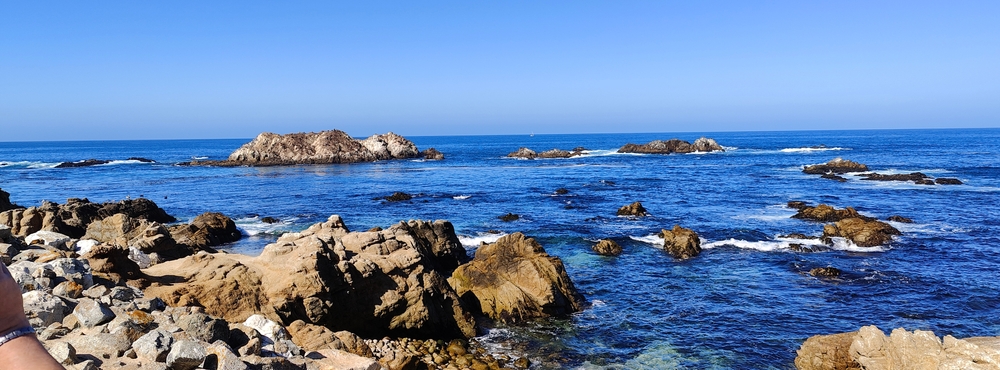More than 100 dolphins were found dead in the Brazilian Amazon within the past week as water temperatures reached record highs.
Researchers with the Mamirauá Institute for Sustainable Development, which is funded by the Brazilian Ministry of Science, found the dead dolphins in Lake Tefé and believe the Amazon's historic drought and recent triple-digit weather are to blame for the unusually high numbers, CNN reported.
Though the institute told CNN it's too early to determine the exact cause, researchers and activists aren't taking any chances with other dolphins while waiting to find out.
Now, they're trying to transfer these surviving dolphins to the main body of the Amazon River, which has cooler water, CNN Brasil reported. But the remoteness of the area in which they live, and verifying if toxins or viruses are present where they're being moved will make the operation difficult.

1.5 million people have been asked to conserve water in this city
Customers in one city have been asked to conserve water due to continuously dry conditions in the state.
The news adds concern about just how deeply extreme droughts are affecting both the region's animals and humans.
Two weeks ago, the drought prompted Amazonas state to declare a national emergency and launch a $20 million response plan, due to low water levels impacting residents' waterway transportation, fishing ability and economy.
On top of this, thousands of dead fish reportedly appearing in the same lake as the dead dolphins have contaminated the water that still exists, further impacting residents' access to food and water.
Authorities say these conditions will affect around 500,000 people by the end of the year, as the drought is forecast to last for weeks longer due to the El Niño climate pattern. This could bring even more dead dolphins and fish to the surface of the Amazon.










